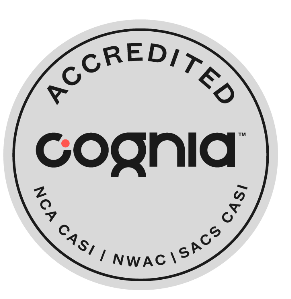In a few weeks, students throughout Utah will begin taking SAGE tests, those end-of-year exams that show how much students have learned over the course of the year. Why do schools test? What do the results mean, and why should students and parents care?
Answers to these questions and more can be found on a new Canyons District resources page. Anyone curious about the how’s and why’s of testing is encouraged to browse the site, which contains teacher testimonials, infographics, and step-by-step instructions for obtaining and interpreting your child’s test results.
“Testing has always been integral to education. Assessments inform instruction by helping teachers know if educational goals are being met,” explains CSD Research and Assessment Director Hal Sanderson. “They’re an indicator of what’s working in the classroom and what can be done differently. Testing also gives parents a measure of their child’s learning, which along with grades and other measures helps answer the question: Is my child on target and doing well compared to his or her peers?”
But did you also know that a student’s performance on SAGE in middle school can predict how well he or she will do on the ACT college entrance exam in high school? SAGE, in other words, gives middle schoolers a glimpse at how they’ll do on a high-stakes test in a low-stakes environment when they still have time to go back and re-learn foundational concepts.
Another surprising fact: Very little of the school year is devoted to test-taking. A recent internal audit revealed that Canyons District students spend just 1.2 percent to 2.7 percent of instruction time taking state and district assessments. By comparison, at one sampled Canyons District elementary school, recess accounted for 4.5 percent of the year, 12 percent was devoted to lunch and math instruction occupied 27.3 percent of the year.
This year, the District has made adjustments to further reduce the testing burden on students. The writing exam will take half as long, which along with other changes, should enable us to complete the testing much more quickly, Sanderson says.
The computer adaptive assessments of today have, however, evolved beyond the “bubble” exams of your childhood. One helpful test-taking tip for parents to keep in mind is to remind children that if the test questions seem hard, that means they’re doing well. Just like the ACT college entrance exam, the SAGE test is computer adaptive, which means it adapts to the examinee’s abilities by proposing harder questions when a student gets something correct, and easier questions when the student gives a wrong answer.
As Mount Jordan Middle teacher Kory Crockett explains: “We all know that tests can be stressful. Tests can be hard. But it’s really these hard things in life that help us grow the most. And especially with these end-of-the year tests, they don’t just tell us how much we’ve grown, they tell us how much we’ve grown as a school.”






